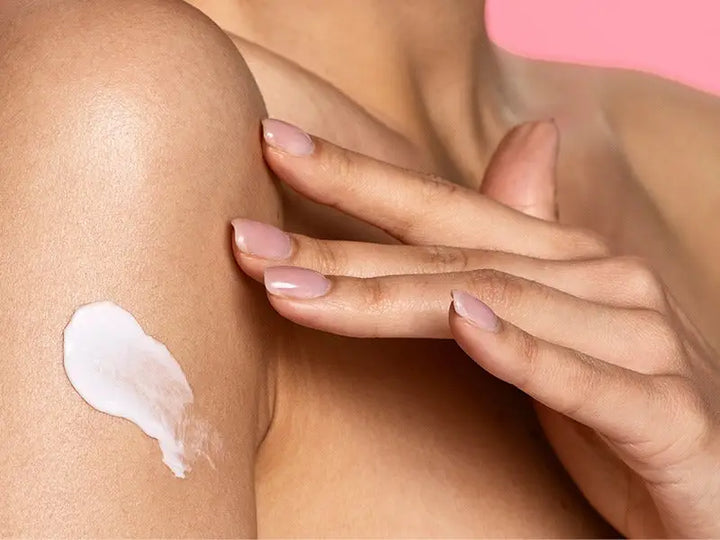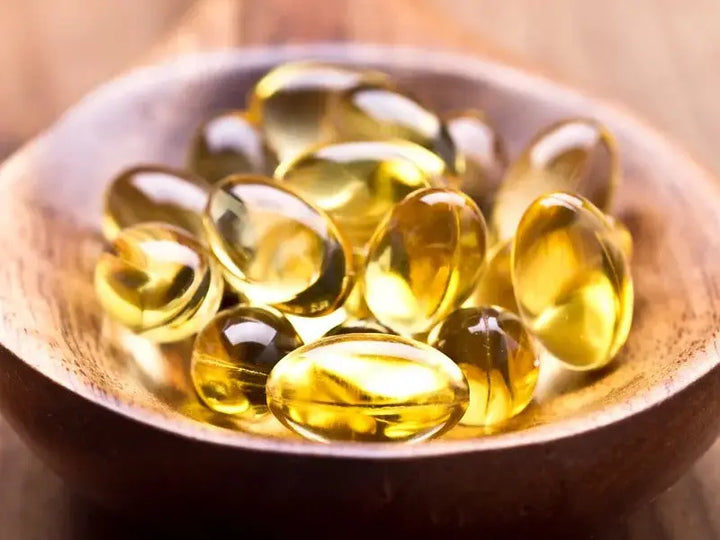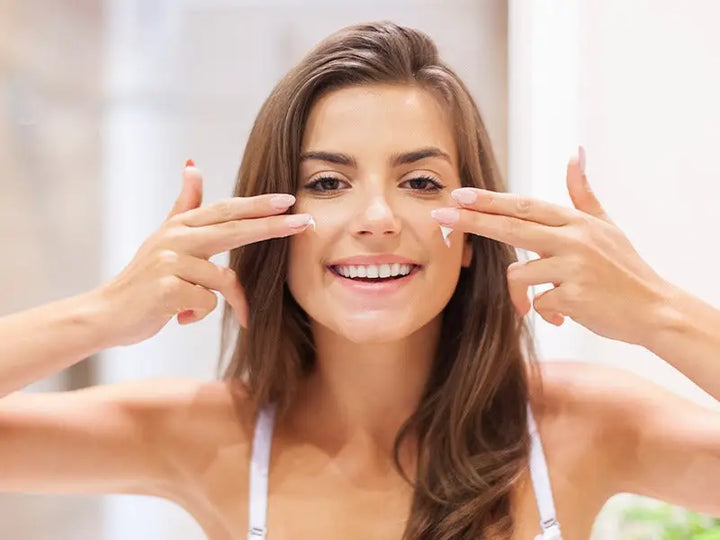What’s in Your Favourite Beauty Product?
Skin care has earned so much clamor the past years, and it appears that people nowadays are paying more attention to what goes on in their bodies as effects of the skin care ingredients found in the cosmetics they use.
Nobody wants to end up spending on beauty products that can actually bring more harm than benefits because of the ingredients that were used in them. Beauty products safety is a major consideration especially if what you want is to harness maximum effects from your choice of cosmetics–minus the risk of using toxic ingredients.
So how do you assess the safety of the beauty products you’re using?
There are indicators that can guide you in finding safe beauty products. And in this article, you will find extensive information about beauty products safety, toxic cosmetic ingredients and the dangers of using them, as well as some tips on how you can be free from the effects of harmful cosmetics.
UNDERSTANDING BEAUTY PRODUCT LABELS
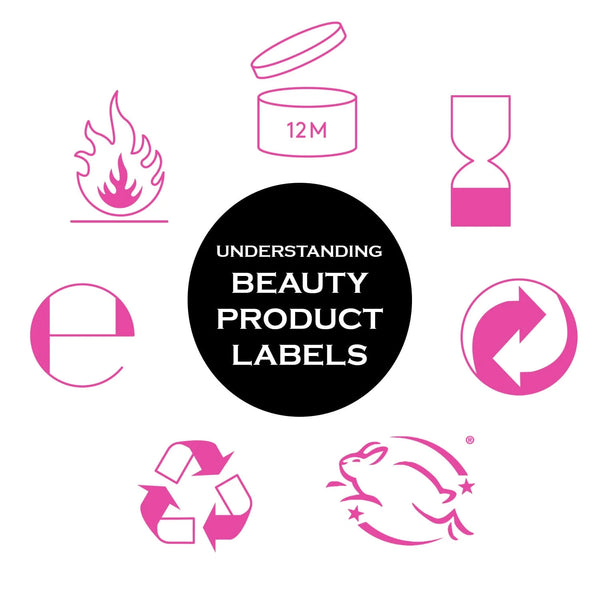
One important step to ensuring beauty products safety is understanding what cosmetic labels reveal.
Though normally, it’s quite tricky enough to stick to a skincare routine; decoding the jargons that come with beauty product labels can make a supposedly typical beauty regimen more complicated. However, to ensure beauty products safety, you just can’t ignore the importance of knowing the ingredients used for any cosmetic or skincare product.
Translating the ingredients found in cosmetics requires some knowledge on the terminologies that beauty companies use, and to guide you in uncovering the messages behind beauty product labels, here’s an interpretation of the most common symbols you see in beauty products.
FLAME
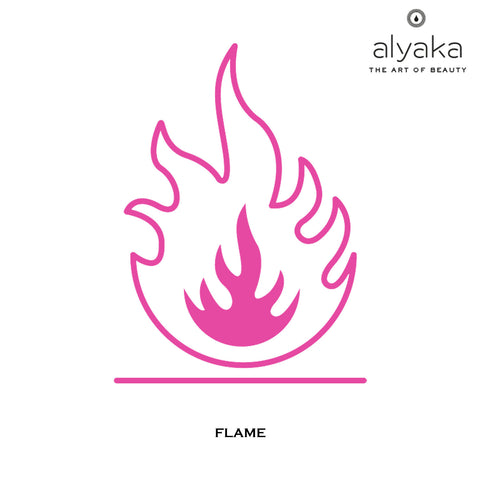
Product is Flammable. You will normally find this symbol on aerosol hairsprays, dry shampoos, sunscreens, nail polish, and nail polish remover.
OPEN JAR
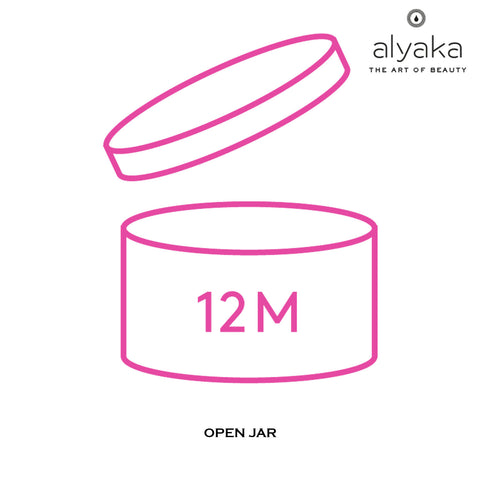
This is a representation of the length of time that a product can be used safely after the period of opening it. Which means that the concentrations and potency of the product will no longer be as active or stable over time.
HOURGLASS
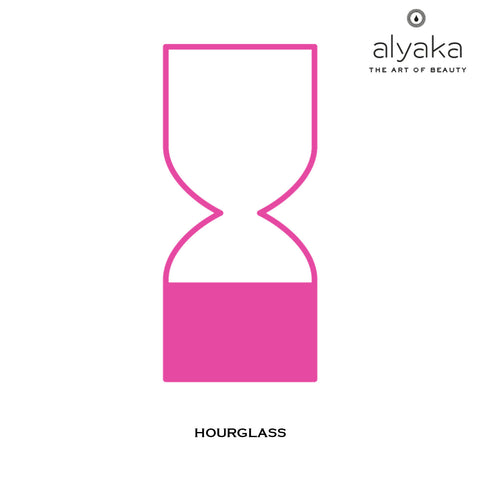
This symbol indicates the “Best Before Date” and one should note that beauty product claims are no long substantiated after the indicated date.
ESTIMATED SYMBOL

Although this symbol is not required by the FDA or the E.U., it is one to take note of as it indicates manufacturer compliance with E.U. regulations in terms of a beauty product’s average fill.
CHASING ARROWS

This is a universal symbol that has different meanings. Alone or as it is, this indicates that the packaging is recyclable. However when the symbol appears with a percentage, it actually shows the portion of the packaging that was made from recycled material.
GREEN DOT
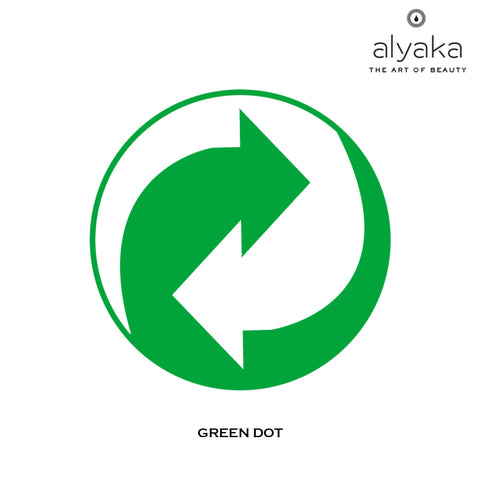
The green dot symbol doesn’t signify that the packaging is made from recycled material. Instead, it tells that a corporation has contributed a certain amount in support of recycling.
LEAPING BUNNY
The leaping bunny symbol is an assurance that the product and all the ingredients used in it has not been tested on animals.
Once you understand what those symbols in beauty product labels mean, the next thing that you’d probably want to do is to weigh the differences among the cosmetic options that you are usually presented with — and normally, that boils down to choosing between natural and synthetic cosmetics.
SYNTHETIC VS. NATURAL COSMETICS: WHAT ARE THE DIFFERENCES?
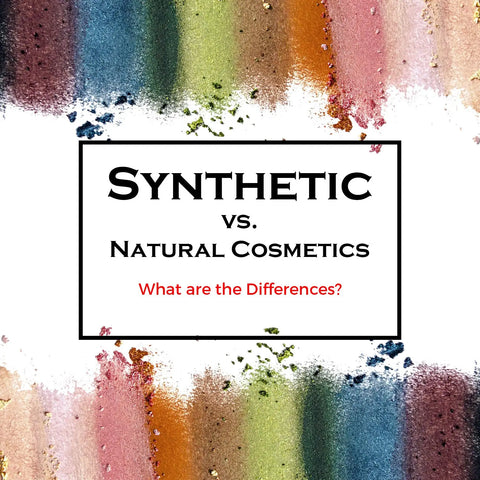
While there is a wide array of cosmetic products at your disposal, you may wonder why in the end, many people end up choosing between synthetic vs. natural cosmetics.
Well, the answer is simple — personal and environmental safety.
Synthetic substances used in cosmetics affect overall wellness and can bring serious harm to the environment. The use of certain synthetics in the long run could also mean greater damage. On the other hand, choosing sustainable cosmetics is an act that allows people to do their part in preserving the environment, while ensuring that what goes in their skin will only bring benefits for them.
To provide further understanding about synthetic and natural beauty products, here’s a summary of their characteristics that differentiate the two.
First, take a look at synthetic cosmetics.
- Do not contain natural reactants, but instead use reactants derived from petroleum.
- Makes use of petroleum derived catalysts.
- The processes they involve require pressure or heat which is achieved with the help of advanced technology.
- Chemical reactions with properties that are different from the reactants are created to yield products.
- Non-biodegradable products are yielded from chemically produced substances.
Then, compare them with natural beauty products.
- Unlike synthetic cosmetics, natural beauty products have plant, minerals, or animal sources as derivatives.
- These products did not when through synthetic process and were refined through physical and biological processes.
- They make use of basic simple chemical processes using natural reactants and catalysts.
- Simple technologies were used on its production, including those that can be found in households.
With the facts stated above, it would be easy to identify the better choice between the two. However apart from that, it is also important to take note that synthetic ingredients bring you closer to using toxic beauty products and may cause serious dangers!
In the following section, you will be able to identify the dangers posed by toxic beauty ingredients.
THE DANGERS OF USING TOXIC BEAUTY PRODUCTS
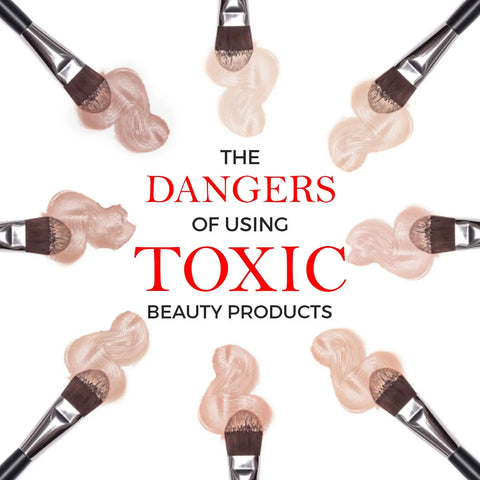
Based on studies, most of the cosmetics and personal beauty products available in the market contain five major categories of toxic substances, classified as:
- Frank carcinogens or the Cancer causing ingredients
- “Hidden” carcinogens or the precursors
- Endocrine or substances that cause disruption in hormones
- Penetration enhancers
- Allergens
The skin being a highly permeable membrane has increased sensitivity to toxic ingredients. It is important to keep in mind that what you use on your skin, easily penetrates body systems, thus affecting health especially when applied regularly over a certain period of time.
Researches also revealed the connection between exposure to hazardous chemicals and certain illnesses, including birth defects, altered pregnancy outcomes, hormonal disruption, Cancer and other dreaded conditions.
Clearly, there is a valid reason to spend more on natural and organic beauty products. Aside from their benefits, they keep you from the major risks that are associated with using synthetic cosmetics.
Upon learning the dangers of using toxic beauty products, the next thing that you probably want to know are the chemicals that you should avoid at all cost!
TOP 10 TOXIC BEAUTY SUBSTANCES TO AVOID
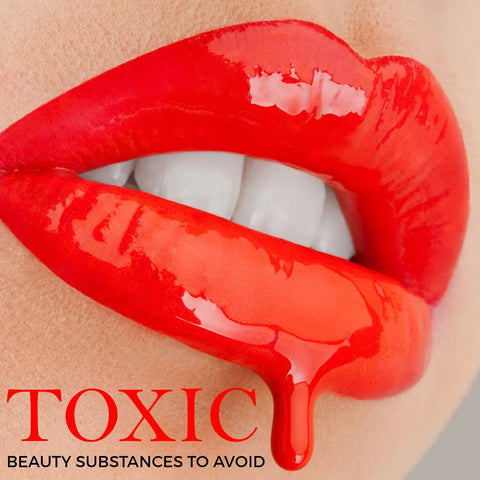
Many people are concern about beauty products safety, but fail in checking labels on cosmetics and body care products as they merely trust the claims of manufacturers on their products as safe, natural, or organic — descriptions that could be misleading especially when those descriptors are not properly defined.
To avoid the risks of using cosmetics and personal care products that may actually harm you, here’s a summary of the toxic beauty substances that you must avoid at all cost!
#1. COAL TAR:
This is a cancer-causing ingredient that is prohibited in the EU and is usually present in dry skin treatments, anti-lice and anti-dandruff shampoos. Some products list coal tar as FD&C Red No. 6.
#2. DEA/TEA/MEA
These beauty substances are used as emulsifiers and foaming agents for shampoos, body washes, soaps, and are also known as suspected carcinogen.
#3. FORMALDEHYDE:
Also suspected as an irritant and carcinogen, formaldehyde is another substance prohibited in the EU. This substance is commonly used in a range of personal care products such as nail products, hair colour, fake eyelash adhesives, and shampoos.
#4. HYDROQUINONE:
This is usually present in whitening solutions. Frequently linked to Cancer and reproductive anomalies, this substance is prohibited in the UK.
#5. LEAD:
Although this substance is classified as a contaminant and not listed as an ingredient, you should be wary about lead as it is usually found in hair dye and lipsticks and often associated with cancer.
#6. MERCURY:
Linked to impaired brain development. This allergen is usually found in mascara and some eyedrops.
#7. MINERAL OIL:
Safe as it may sound, don’t be deceived by this ingredient which is a byproduct of petroleum and is a common ingredient used in baby oil, moisturisers, and styling gels. This substance can prevent the ability of the skin to get rid of toxins.
#8. OXYBENZONE:
This is an active ingredient normally used in chemical sunscreens, which accumulates in fatty tissues. This toxic ingredient is often associated with allergies, hormonal disruption, cellular damage, and low birth weight.
#9. PARABENS:
Often used as a preservative and present in a range of products. This substance is often associated with a range of dreaded conditions including Cancer, endocrine disruption, and reproductive toxicity.
#10. PARAPHENYLENEDIAMINE (PPD):
This substance is normally present in hair products but can cause skin issues and immune system anomalies.
At this point, aside from wanting to get more information about safe and organic beauty products, you may already have the feelings of hesitation and anxiety in using cosmetics and other personal care products. The dangers of toxic beauty substances can bring quite a scare. But the good news is, along with the harmful ingredients that you may encounter, there are also beauty products with natural ingredients that guarantee safety, along with the benefits they offer.
MOST POPULAR NATURAL BEAUTY INGREDIENTS
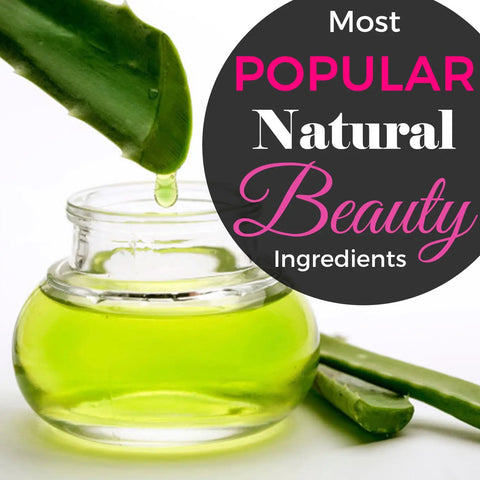
While the risks that come with using synthetic cosmetics is quite alarming, the availability of natural beauty ingredients, brings a sigh of relief especially for beauty enthusiasts.
There are natural beauty ingredients that can be used to replace the toxic substances found in personal care products–freeing you from the fear and anxiety brought about their possible effects.
To enlighten you further, here’s a list of the most popular natural beauty ingredients that can easily replace those toxic substances:
ARGAN OIL
Known as the ingredient that can fight off wrinkles, Argan oil is a natural ingredient that works as a hydrator to contribute in achieving a younger looking skin. Its anti-inflammatory property makes it an effective remedy for acne.
ROSE OIL
A hydrating oil that can temporarily plump up the skin and has a rich amount of vitamin C.
OATS
One of the most popular ingredients trusted by many over the years. Aside from providing skin hydration, oats are also effective in treating gout, rheumatism, and rashes, especially with high levels of beta-glucan.
JOJOBA
This beauty ingredient has a property that resembles the sebum secreted by the skin, which makes it the best hydrator that can naturally moisturise the body. It also works to improve skin elasticity, while preventing dehydration. Perfect for dry, acne-prone skin.
CALENDULA
This natural beauty ingredient is known for its skin healing properties. It also helps reduce skin redness.
LAVENDER
Helps moisturise the skin and comes with a nice fragrance, too. However, one important thing to note about lavender is it has an antiseptic property that can help disinfect wounds.
HONEY
Aside from its antiseptic property, honey can be used as a moisturiser and can even help fight skin damage and ageing signs.
ALOE
Aloe is not just effective in fighting off sunburn, it can also help beat acne and ageing signs.In a research conducted, it is revealed that aloe has a healing property which makes it an effective remedy for blemishes.
TEA TREE
Tea tree is an excellent antiseptic and be used as an alternative that can help fight off acne, because it’s an excellent antiseptic.
ALGAE
Algae extracts work as skin lighteners, but they can also effectively work to reduce sun damages and even skin complexion.
There is a wide selection of personal care products that are available in the market today, and it would be up to you to determine the right choices that don’t just work, but can also guarantee beauty products safety to spare you from the risks of getting exposed to toxic substances.
Beauty products safety is a very important consideration. And it is actually far more important than choosing the colours of cosmetics that work for you or knowing the latest selection of beauty products to try.
The good news is: there are natural beauty brands that offer safe and effective beauty products –in fact, they’re so good that you will find it hard to tell the difference between them and other mainstream cosmetics! It’s just up to you to make the best choice.
READ MORE: What is natural skin care and how is it different?




